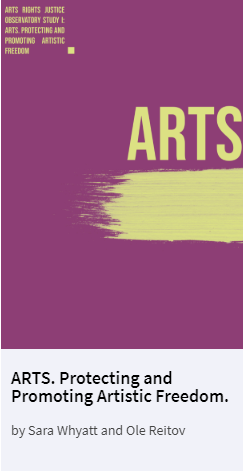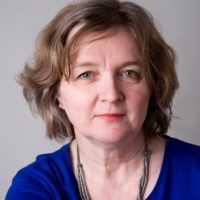 Introduction
Introduction
Conflicts over artistic expression frequently stem from tensions within societies, which are based on opposing political, social or religious views and traditions. Some of these conflicts spread beyond the local context. In a globalized world, with the worldwide use of social media and the spread of trolling and ‘fake news’, such controversies are easily broadcast from one corner of the world to another.
We live in a world where there are new ‘sensitivities’ and where old ones are reignited, and where groups in societies openly, and sometimes violently, express how they feel ‘offended’ by artistic expression that conflicts with their worldviews and ideologies.
Our world is dominated by political cynicism, and the rise of nationalism and neo-fascism, with politicians in democratic countries expressing their scepticism about or showing outright disrespect for international conventions. However, the right to freedom of expression is a universal right. Criticising or even ridiculing politicians or religions is a basic human right, and this right should not be dismissed or criticised.
Addressing the UN Human Rights Council in 2013, the UN Special Rapporteur, Farida Shaheed, said she was ‘convinced that freedom of artistic expression and creativity cannot be dissociated from the right of all persons to enjoy the arts, as in many cases restrictions on artistic freedoms aim at denying people access to specific artworks. Hence, removing creative expressions from public access is a way to restrict artistic freedom.’ (Shaheed, 2013, p. 3).
Using examples from all over the world, this study describes the complexity of challenges to artistic freedom. The study is intended for use by professional human rights defenders, politicians, lawyers, students, artists, cultural organisers and anyone interested in defending the universality of the freedom of artistic expression.
We hope that this study will allow the reader to gain a deeper understanding of the major challenges and obstacles that, in the words of Farida Shaheed, ‘impede the flourishing of artistic creativity’ (ibid., p. 3). We will explore why and how artistic freedom must be defended and protected, and why and how violations can and must be documented and monitored.
What is an artist?
One of the problems that is encountered when documenting artistic freedom is the lack of clarity about how to define an ‘artist’. Some artistic activities are clearly ‘artistic’, for example, visual artists such as painters, sculptors, and art photographers, etc; performance artists, including actors, dancers and musicians of all kinds; and those working with the written word, such as fiction writers, poets, playwrights and screenwriters. However, in other areas, there is uncertainty: are designers, architects, documentary film-makers, and photographers, for example, also artists?
Download full report from ARTS RIGHTS JUSTICE Observatory
Further analysis on the subject can be found at the ARTS RIGHTS JUSTICE Library.

